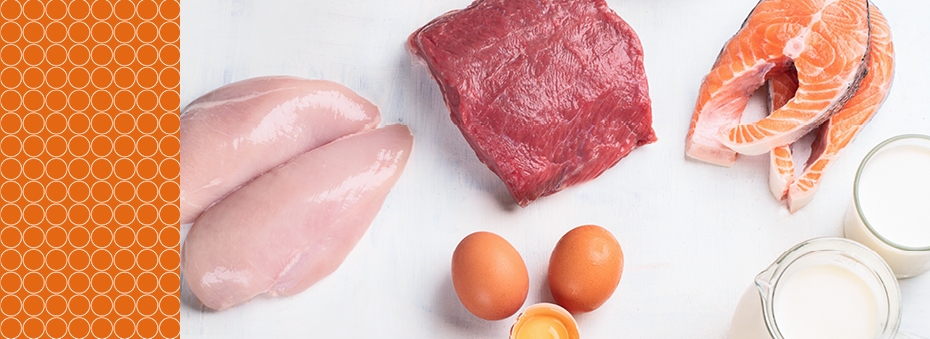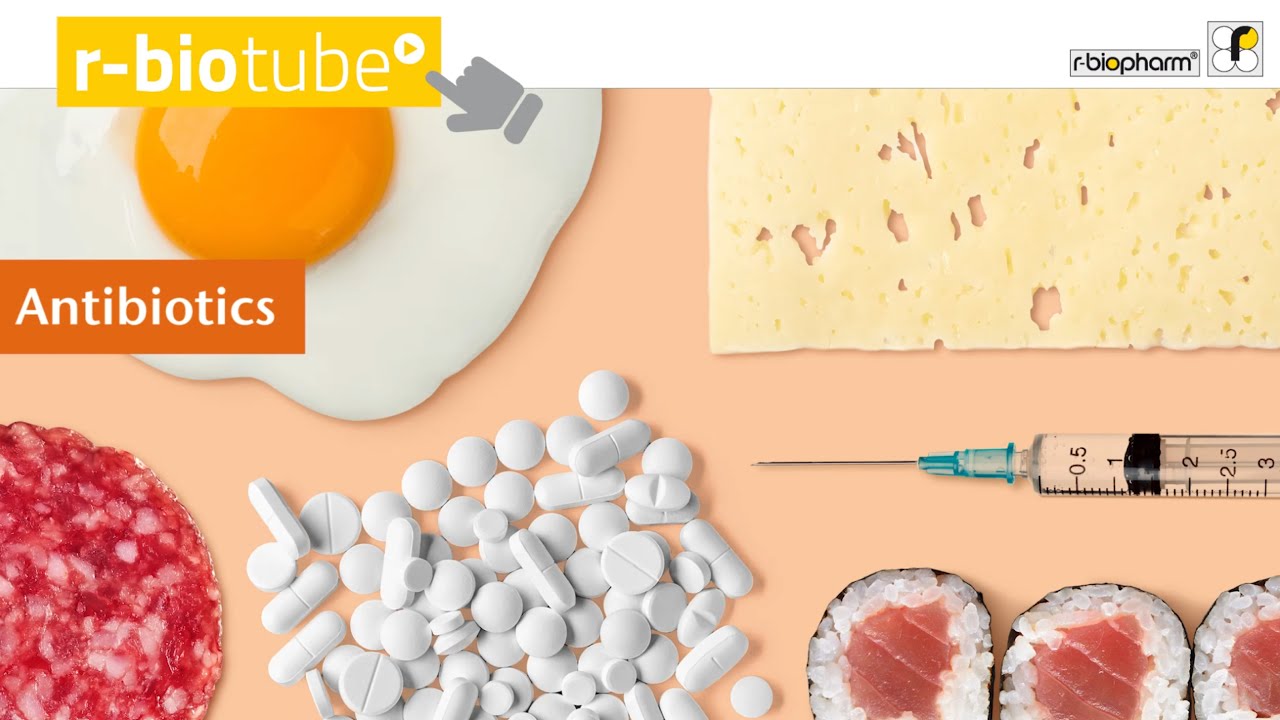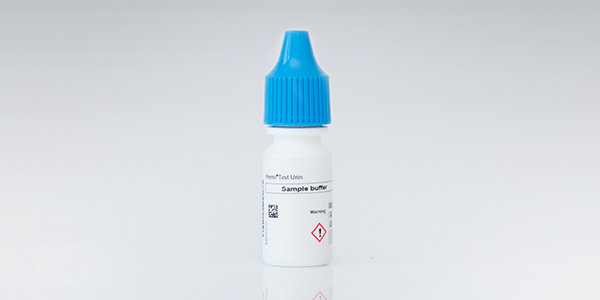
News
Recent news in Food & Feed Analysis
- Home
- /
- Combating antibiotic resistance
Analytes
Combating antibiotic resistance

Antibiotics have become an indispensable tool in medicine, treating numerous infectious diseases effectively and safely. However, researchers warn that this could change as a result of increasing resistance.
Antibiotic resistance is on the rise worldwide. Experts see this as one of the greatest health risks for the human population. If pathogens become resistant to antibiotics, many bacterial infections could no longer be treatable in future and may even be fatal. This is particularly true in the case of multi-resistant bacteria. The main reason for the development of resistance is the excessive or incorrect use of antibiotics – in human medicine as well as in livestock farming.
In this video, Ronald Niemeijer explains this problem in more detail:
Antibiotic residues: How contaminated is our food?
In industrial animal husbandry, animals are often treated with antibiotics, which may result in residues in animal products if used incorrectly. Consumption of contaminated food is a health risk. And there are more problems, as Ronald Niemeijer explains in this video.
What can be done about antibiotic resistance?
Any use of antibiotics carries the risk that resistant bacteria will survive. To prevent the further increase of antibiotic resistance, responsible use of antibiotics is crucial. This includes the following measures:
- Correct use of medications (area of application, dosage, duration of treatment, etc.)
- Moderate use in livestock farming to avoid antibiotic residues in food (compliance with the legal withdrawal period, ban on antibiotics as fattening agents)
- Hygiene measures and vaccinations to avoid infections as far as possible and thus prevent the spread of pathogens
How dangerous are antibiotic residues in food?
While the use of antibiotics is largely banned in organic farming, it is widespread in industrial livestock farming. Although the use of antibiotics is only permitted for the specific treatment of sick animals, it still happens that antibiotics are also applied as a preventive measure. Incorrect or illegal use can result in residues in animal products. Contaminated foods may include fish and seafood, meat, offal, milk, eggs, or even honey. Antibiotic residues can promote the development of multi-resistant bacteria, but they also pose a direct health risk to consumers due to their potentially carcinogenic or toxic properties and their allergic potential. To protect consumers, maximum residue levels apply in many countries.
Various test methods are available for the monitoring. ELISA tests allow a precise quantification of individual antibiotics. In addition, a rapid microbial test is also available in the form of the Premi®Test, which enables a simple and cost-effective screening directly on site at the farm, in the slaughterhouse or in meat-processing plants. It can also detect antibiotic residues directly in the urine of cattle and pigs.



